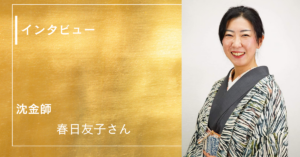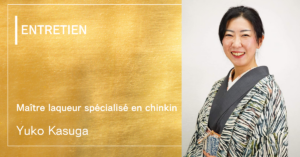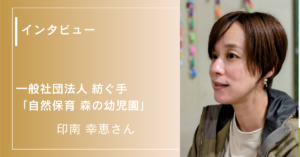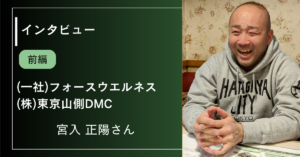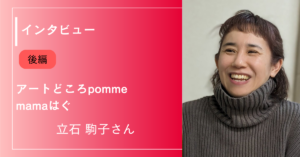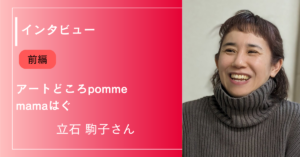My First Encounter with Chinkin
How did Ms. Kasuga discover chinkin? Originally planning to study crafts at Tokyo University of the Arts, she changed course on her sister’s recommendation who lived in Kanazawa. She enrolled in the Wajima Lacquerware Technology Training Institute in Ishikawa Prefecture. While learning the fundamentals of lacquer art, she found herself particularly drawn to chinkin.
“Carving directly into finished lacquerware with a chisel – the thrill of knowing there’s no room for error made my heart race,” she recalls. With a smile, she adds, “Seeing the carved lacquer shavings immediately showed my progress, which perfectly suited my impatient personality.” In contrast, makie (another traditional lacquer decoration technique) requires waiting through multiple stages of lacquer drying. “I found it difficult to be that patient,” she admits.
The time spent with her teachers and classmates while learning chinkin became an invaluable treasure. She vividly remembers her homeroom teacher, Master Fumio Mae, who was designated as a Living National Treasure (Bearer of Important Intangible Cultural Property) that same year. Her eyes light up as she shares memories of how the students pooled money to buy Wajima’s finest coffee beans to celebrate with their coffee-enthusiast teacher, and of landscape sketching trips in their teacher’s beloved car. “I have nothing but wonderful memories from my time at the institute,” Ms. Kasuga says, her voice brimming with joy.
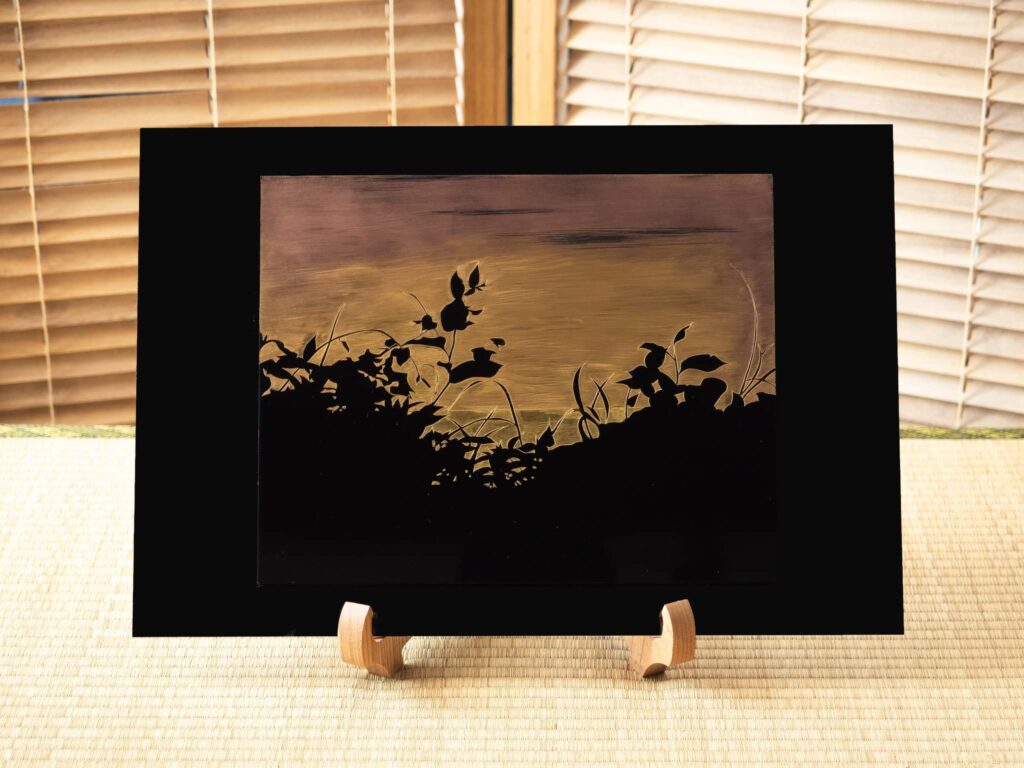
In 2024, the Wajima Lacquerware Technology Training Institute in Ishikawa Prefecture was severely damaged by the Noto Peninsula Earthquake that struck on New Year’s Day. Thanks to widespread support, the institute – a crucial center for traditional Japanese lacquer arts – was able to resume operations in October of the same year.

